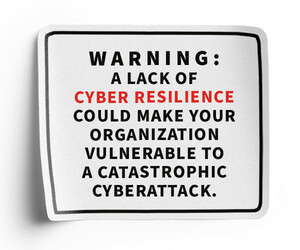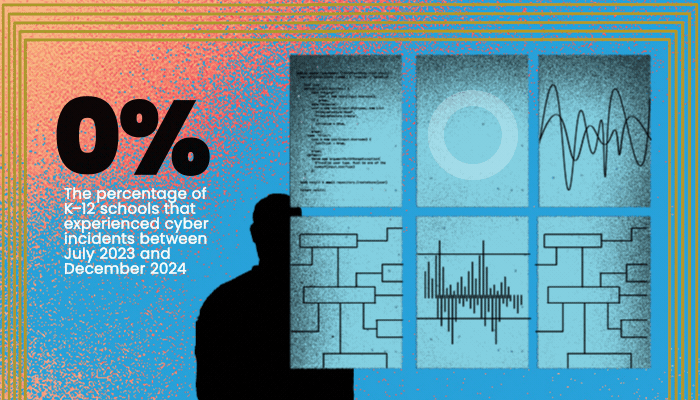“If you open that email with the malicious file attached, EDR is going to catch it,” Werfal says. “It will instantly flag it, notify our security team, and shut your computer down so the file can’t do anything.”
The technology has given Werfal and his colleagues room to breathe as they engage in what sometimes feels like hand-to-hand combat with a constant stream of bad actors. “It’s an answer, along with multifactor authentication, to the No. 1 issue that we face, which is the human element of cybersecurity,” he says. “We can take all the precautions we want, but people eventually make mistakes.”
Defending Easy Targets With EDR and XDR
Whether it’s teachers, students or district staff, no one is invincible to the daily barrage of scams designed to get hackers into their schools’ networks.
IT leaders know this, of course, but so do the attackers. A 2025 study by the Center for Internet Security that examined 18 months of cyberthreats beginning in July 2023 found that “human-targeted” threats outnumbered other attack vectors by at least 45%.
DISCOVER: Get insights from security pros in the CDW Cybersecurity Report.
“People are easier to attack,” says Amy McLaughlin, project director with CoSN’s Cybersecurity and Network and Systems Design initiatives. “Compared with developing software code and working your way into systems from the outside, any kind of social engineering is a much faster way to get in the door.”
When attackers have already made their way to users, IT teams look to EDR technologies that focus on endpoints and extended detection and response solutions (known as XDR) that take it a step further by analyzing data from network traffic and other sources. “They alert, lock down and clean up threats through automation driven by machine learning,” McLaughlin explains. “They take something that would normally be a massive lift and make it a daily operation.”













